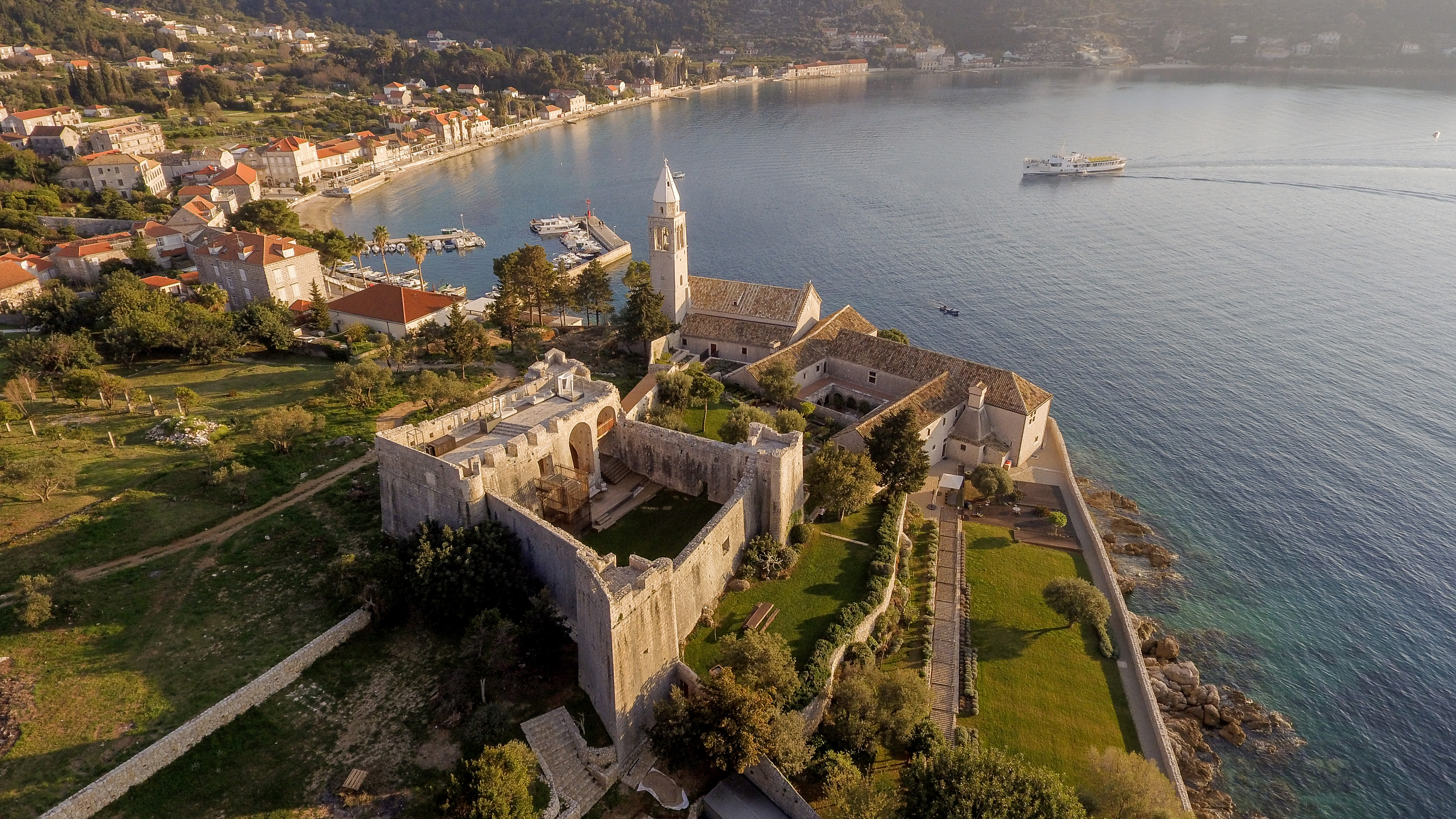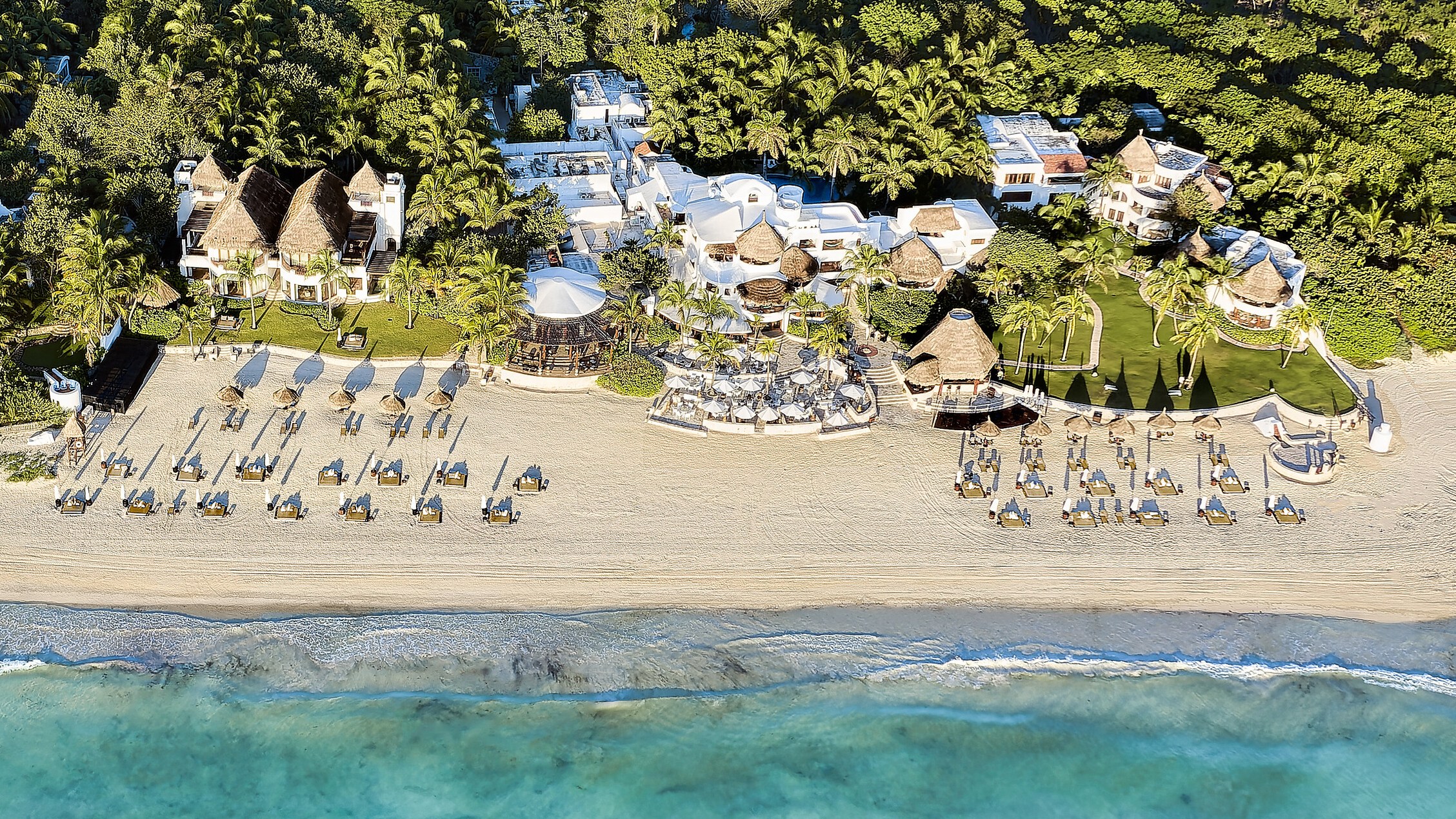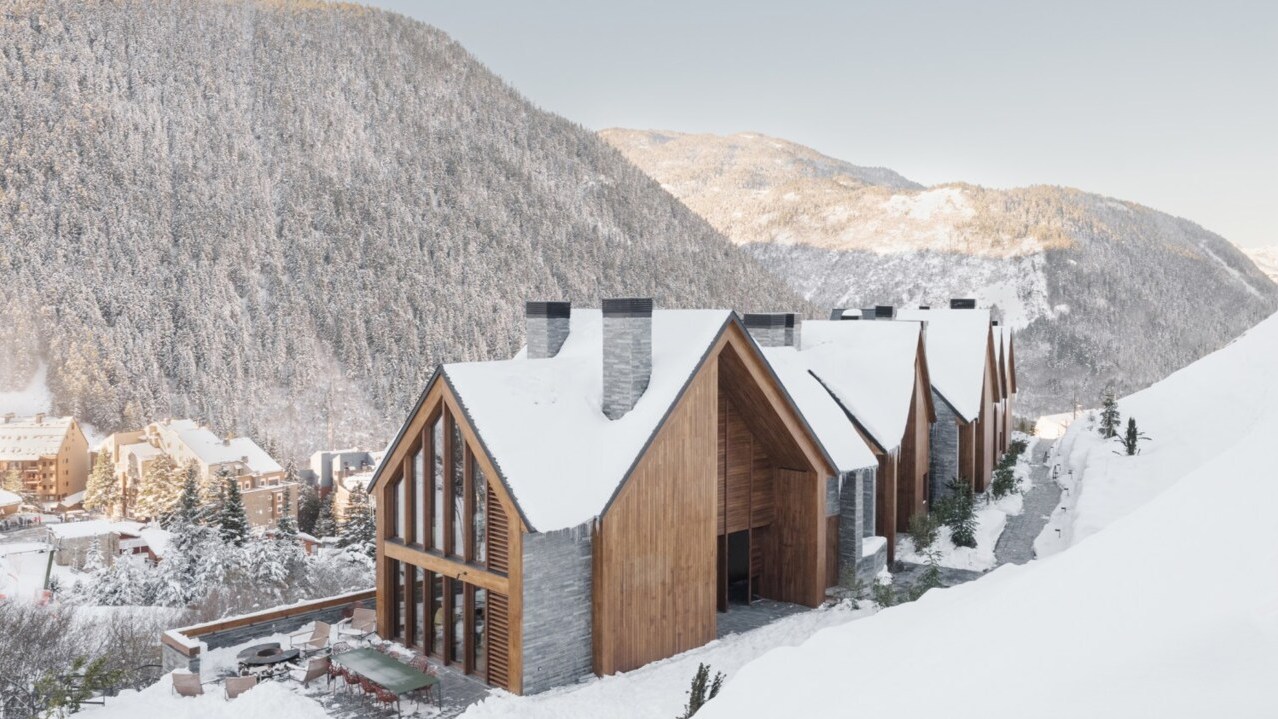It’s 7pm and in the streets all around me, on the rooftops and stairs and courtyards, the only light I can see is candlelight. Lanterns hang from nails, throwing patterns onto the mud-plastered walls. On stairways, flames from fat columns of wax flicker atop little metal plates. In the moonlight, with a clear starry sky above and an oasis of palm trees below, the old town of Al-Ula looks much as it has done for millennia.
That it feels stuck in time is not only because this oasis town was built in the 12th century as a stop on the incense route from southern Arabia to Egypt and then a resting place for Islamic pilgrims on their way to Mecca. It’s because the Royal Commission for Al-Ula, a Saudi organisation set up to bring life to the region, decided to restore the derelict warren of a fortified mudbrick town, at the foot of Jabal Umm Nasser mountain, in a way that authentically reflects its history.
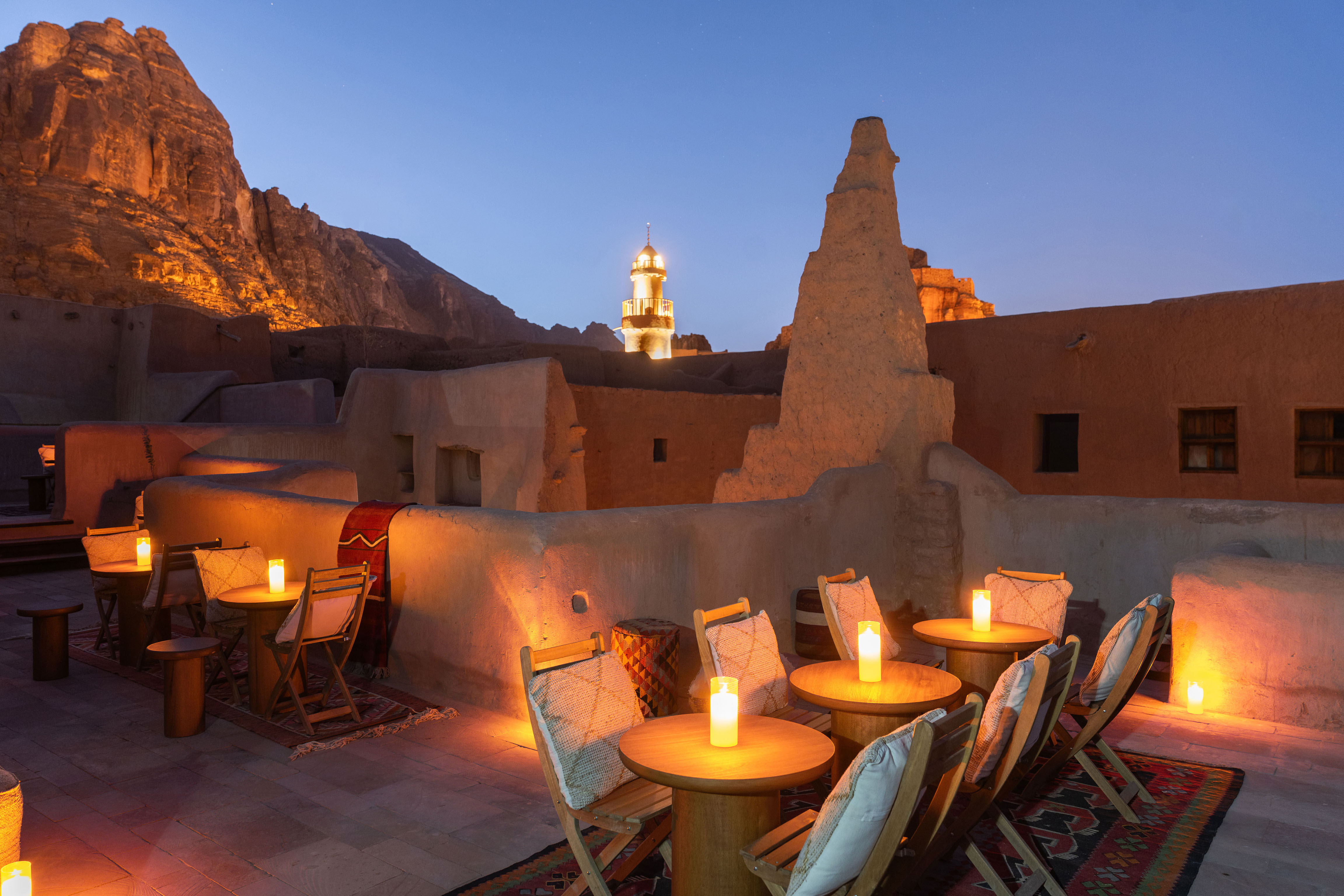
Al-Ula’s first heritage hotel Dar Tantora The House Hotel — named after the sundial (or “tantora”) that looms over the centre of the town — has been built from 30 village houses at one end of the village. Originally, each of the houses had been built in a similar way within the maze of streets, with downstairs rooms for farm implements and animals and airy upstairs spaces for humans. Sometimes, hung over the little alleyway, there was a little extra rooms for guests. With very few natural materials available in the northwestern deserts of the kingdom, the stone constructions were all plastered in mud and the ceilings strengthened with palm-trunk beams and lighting was provided by candles.
Since Dar Tantora’s restoration began, overseen by the Egypt-born, London-based architect Shahira Fahmy, each of the houses has been plumbed to provide water for the little shower rooms that now adjoin each bedroom, and redecorated in a style that reflects the multinational Islamic people that would have once passed through with Berber carpets, Pakistani chests, Moroccan mirrors and Indian shell-covered drawers, alongside Saudi crafts such as pottery and reed mats.
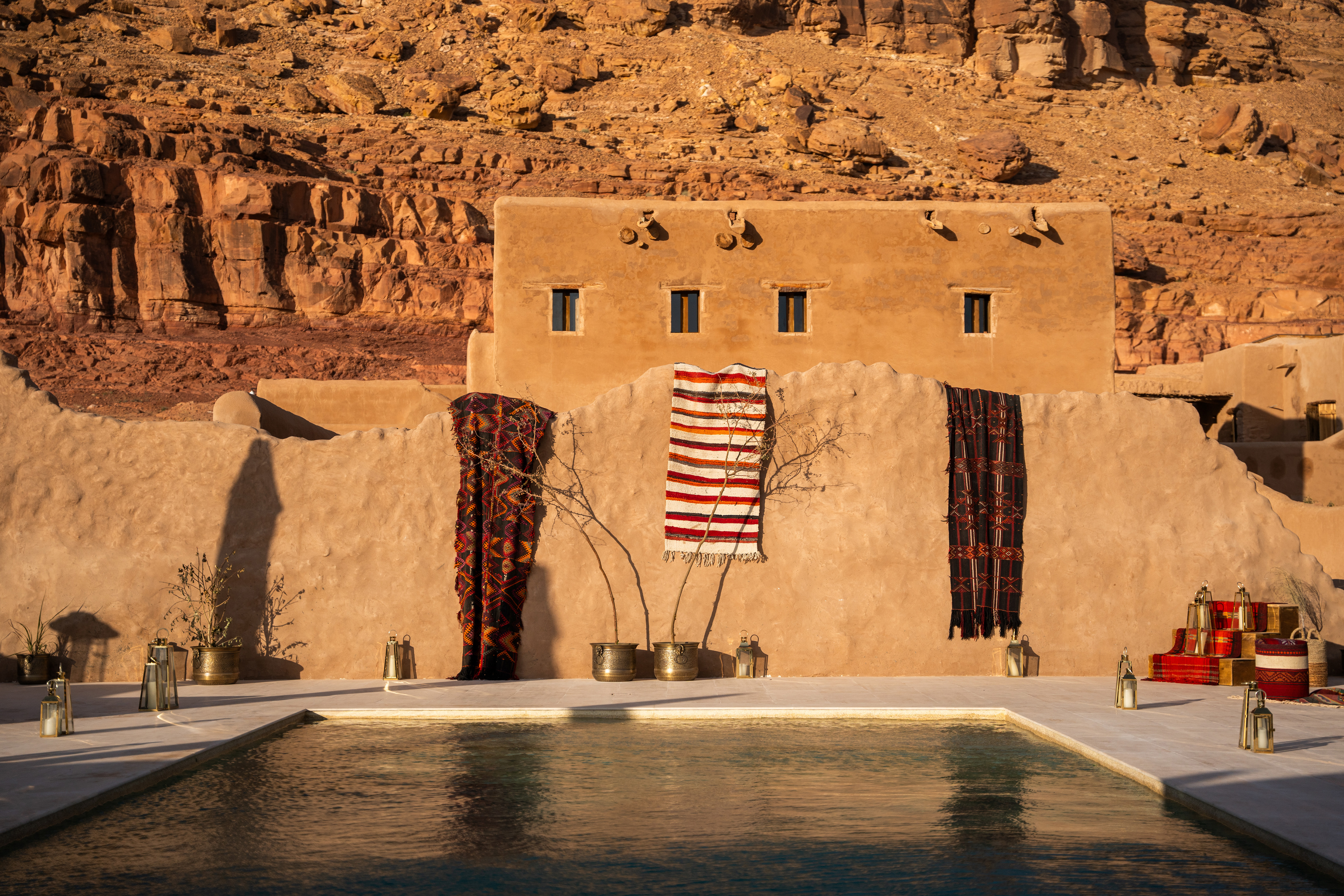
In some, she turned courtyards into shaded verandas with pouffes and cushion-scattered sunbeds, and in others transformed storerooms into cosy snugs. Murals have been restored and repainted using vegetable dyes and courtyards have been planted with acacias for shade and pots of sweet-scented lemon and orange trees.
Advertisement
In between them all, there is a central hub where people can gather. Guests can breakfast outside, then later head indoors or into the shaded courtyard to lunch on the French chef’s delicious Ottolenghi-style salads, fresh grilled Red Sea fish and fire-baked flatbreads. Just off a street, a former storeroom has been turned into a little coffee shop, decorated with Berber rugs and tribal antiques, and all centred around a floor stove, on which a traditional hook-spouted pot spurts cardamom and coffee scents into the atmosphere. On the rooftop, there is a cigar lounge for tobacco lovers to puff away, while sitting on Danish-style chairs beneath the stars.
Most fabulously of all, Fahmy dug the first proper swimming pool in this conservative Islamic village. Discreetly hidden from villagers behind a wall, it has a window cut into the wall at the deep end, so swimmers can peek through and look out over a vast oasis of palm trees and, in the distance, sand whirling from the desert up into the orangey sandstone walls for which Al-Ula is famed.

Fahmy loved doing the project so much that she leased and remodelled one of the neighbouring village houses for herself, alongside three others for Swiss and American friends, which she has furnished with local and Bedouin furniture and rugs. Ideally she would have furnished each of the hotel’s rooms using only Saudi crafts, she said, but most local crafts have died out — hence the involvement, in towns across the kingdom, of Britain’s King’s Foundation and Turquoise Mountain to try to help them to revive and teach traditional skills.

In Jeddah, the Middle East’s second biggest port, the King’s Foundation is just one of the heritage organisations, alongside the local Royal Institute of Traditional Arts and the heritage crafts organisation Zawiya, helping to transform not just a hotel, but the entire old town of Al Balad using traditional building skills and crafts. The area, once a wealthy fishing town that fed pilgrims en route from Jeddah’s port to Mecca, fell into a state of disrepair in the 1960s and 1970s when families moved out of their 200 to 300-year-old homes into modern houses elsewhere. Today, more than 600 buildings protected by Unesco on the World Heritage List since 2014, are being gradually restored — 34 of them into hotels.

When I visited in March, three had been completed: the two-bedroomed Beit Kedwan, built for families who want privacy; Beit Jokhdar, with nine rooms; and Beit Al Rayess with six. The restoration — much of it overseen by a young, female-led group, from architects and urban planners to engineers — has been meticulously done, thanks to Unesco’s involvement and the $3.3 trillion pot set aside by the Crown Prince to modernise the kingdom.
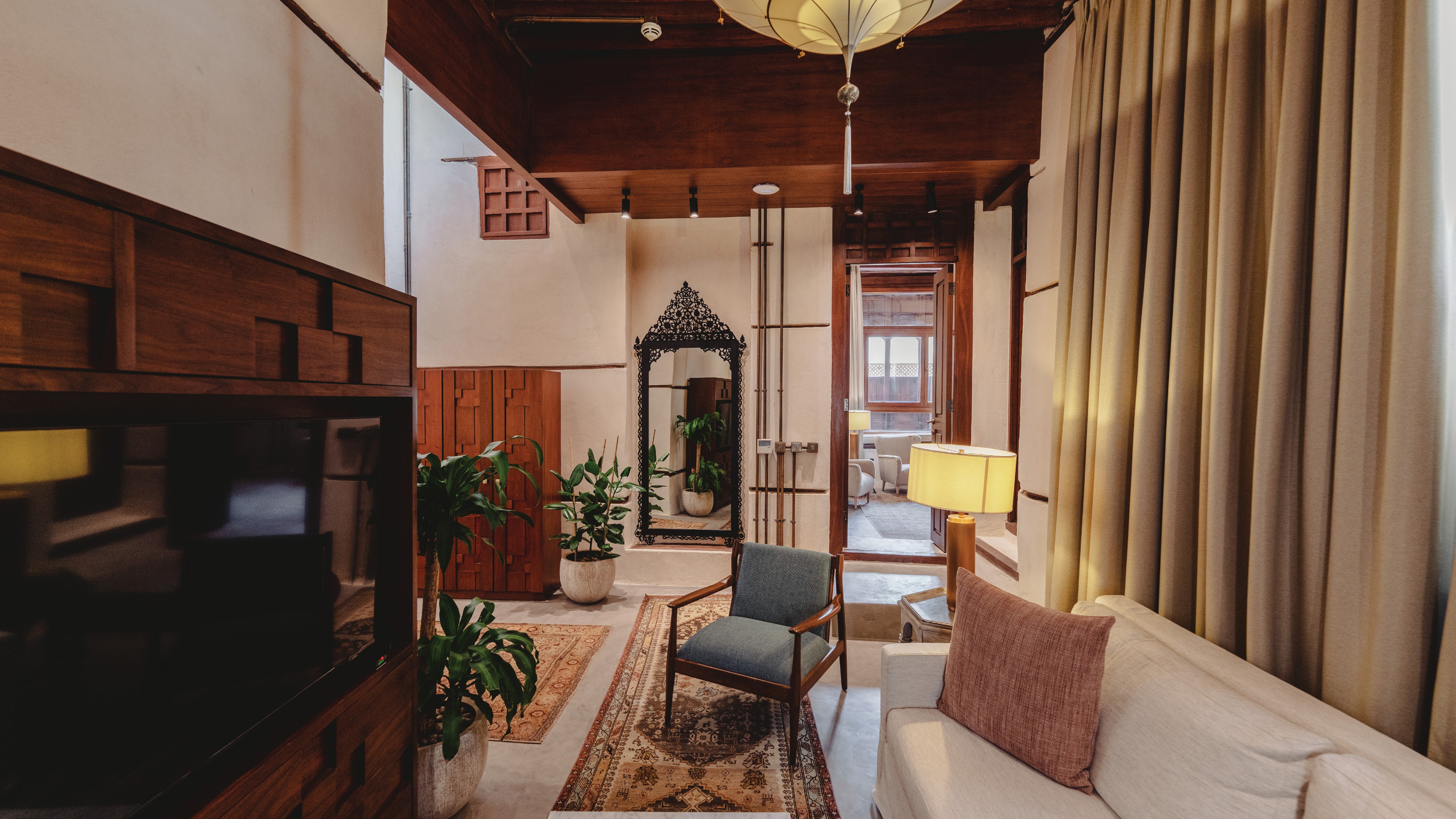
Advertisement
Certainly, no expense has been spared in transforming the four and five-storey mansions into what are now possibly the most beautiful hotels in Saudi Arabia. Walls have been rebuilt using hand-chipped coral blocks. The beautiful old finely carved rawashin — the latticed protruding windows through which wind could cool houses and women could look out — have been remade by local artisans, including the 11 students (10 of them women) who enrolled in 2021 for the first woodmaking modern diploma in the city. Tiles have been reformed and painted with original patterns. The pared-back furniture — all Danish shapes with pale linen coverings — are embellished with richly embroidered Bokja cushions and the walls hung with elegant Saudi artworks by female creatives such as Sara Al Abdali, whose minimalist calligraphy beautified my bedroom.

Unlike most hotels, the restaurant isn’t necessarily in the same building in which you’re staying. From my airy suite in Beit Al Rayess I strolled through cobbled streets to the more regal Beit Jokhdar, where the restaurant is housed in a room with 4m-high ceilings, and the Royal Suite features richly coloured abstract stained-glass windows. There, the Saudi-born, Canada-trained female head chef Hanan Andijani treated me to a feast fit for a queen — from orange eggs Florentine and babka bread cooked with feta to Masub bread, milk and banana pudding — before admitting I was a guinea pig for their next guests the following week: the Saudi royal party, here to inspect Al Balad’s progress.

If Prince Mohammed bin Salman isn’t impressed with the work of his young female team I’ll be surprised. As one grinning hotel manager said to me: “Watch out for us Saudi women now. We are kickass superwomen — there’s nothing we can’t do.”
Details Doubles at Dar Tantora from 3,442 SAR, B&B; doubles at AlBalad Hospitality Hotels from 2,200 SAR, albaladhospitality.com. Lisa Grainger was a guest of Abercrombie & Kent, abercrombiekent.co.uk, which offers a seven-night Classic Saudi Arabia trip from £12,375pp, inclusive of return BA flights, transfers, a private guide and transfers, and five-star B&B accommodation


